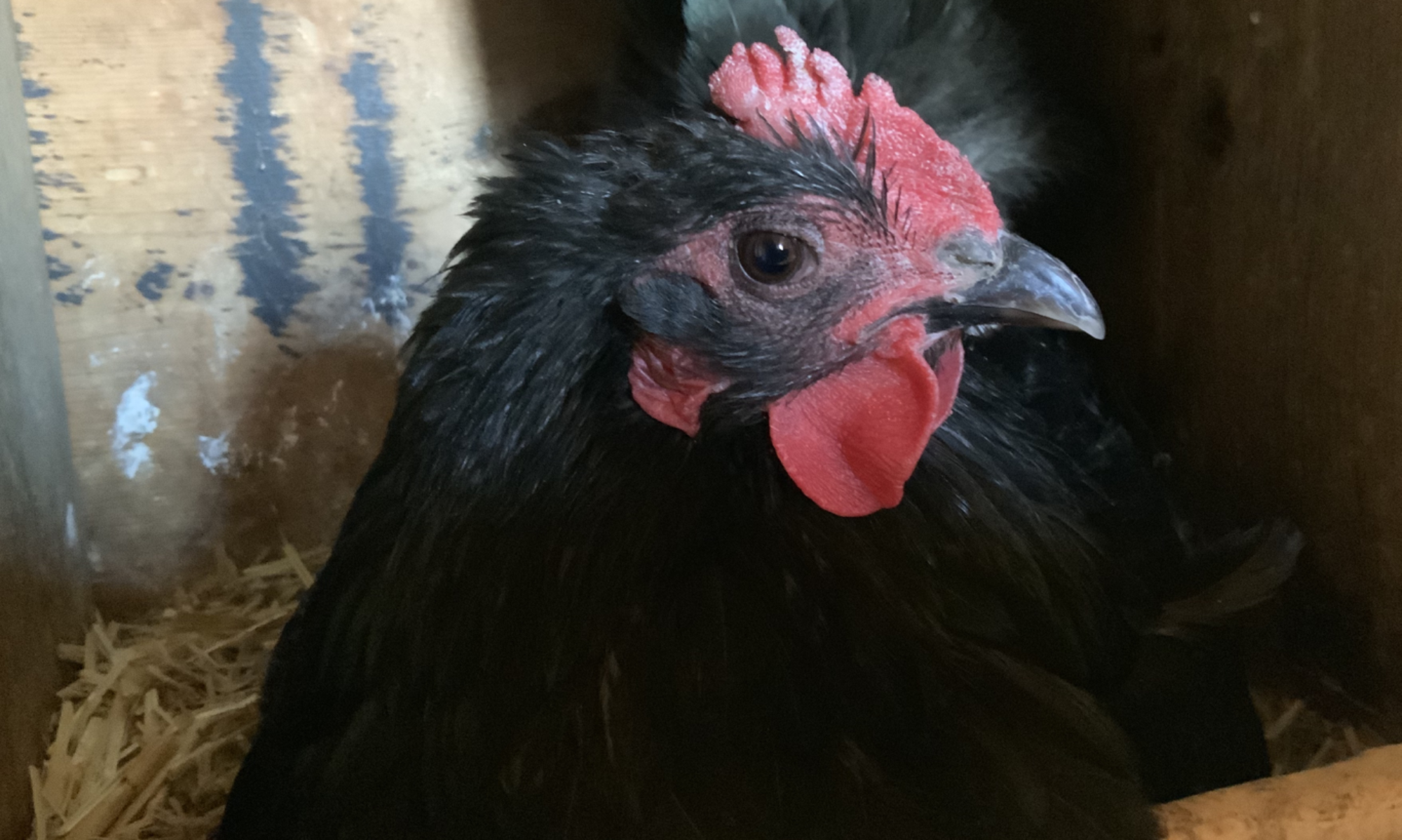Having a self-feeder on hand for my chickens has been a definite benefit. If I need to leave town for a few days, I can put out their feeder and know that they will not starve, and it makes it easier on their substitute caregiver as well. Even if I’m just going to be away for the day and don’t know for sure what time I will be home, I can put out their self-feeder and be assured they’ll have their dinner. The self-feeder has a lid and therefore protects their feed from the elements better than just leaving extra food in their pans. You can fill the bucket full to last for several days, or you can just add a few scoops to last a day. It’s big enough and heavy enough when filled that the chickens won’t knock it over.

Making a self-feeder is not complicated and you can customize it a little to accommodate your chickens, or any other small animal you might need a self-feeder for. You can make a couple of smaller feeders if that’s works better for your situation, or maybe a larger one is better suited to your needs. You can make a feeder with as many feed openings as you prefer. I suggest 3 or 4 openings. You can also adapt the size of the feed opening to any size that you can get a PVC elbow and bushing. The process is the same and pretty straight forward and simple.
To make a self-feeder you will need a plastic container with a lid, a hole saw, razor blade, measuring tool, PVC elbows and bushings, and pipe glue.

My mom was going out of town for a few days, so my son helped me make a self-feeder for her chickens. She has nine birds and was going to be gone for four days, so for this feeder we used a 5 gallon plastic bucket with a lid. We decided to put in four 2” feed openings. We measured and marked the bottom of the bucket so the feed openings would be an equal distance apart.

Holes were then cut in the side of the bucket using a 2 1/2” hole saw. We cut so that the bottom of the hole was 1 inch above the bottom of the bucket.

Using a razor blade, knife or box cutter, carefully smooth any rough edges.

From the inside of the bucket, push the 2” bushing through the hole and apply PVC glue.

Place the end of the 2” PVC elbow over the bushing, making sure the opening of the elbow points up. Make sure the bushing and elbow are secure, not loose.

Wipe off excess glue and allow to dry. Repeat process for other feed openings.

The angle of the PVC elbows will prevent feed from spilling out of the bucket and being wasted. Make sure that the feed openings are large enough to accommodate the head of your chickens, ducks, geese…or whatever type of bird or small animal you will be using the self-feeder for. My geese will use a self-feeder and so will the rabbits, so some of my feeders have a 3” feed opening.


If you are planning a trip, you might want to consider giving one of these easy to make self-feeders a try and see if it doesn’t save the day, and lessen the stress and worry of going on vacation! Please, let me know what you think.

